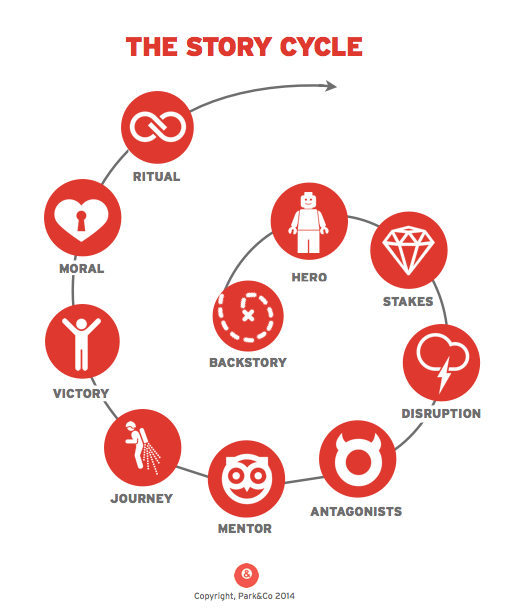So, I’ve been messing around with this thing called “Sentie” lately, and I gotta say, it’s been a bit of a rollercoaster. I figured I’d jot down my experience, mostly so I don’t forget all the hoops I jumped through.

First off, I had to get my hands on it. That meant going to their main site and downloading whatever version was relevant to my setup. I’m running on Windows, so naturally, I grabbed the Windows installer.
Installation Shenanigans
The installation itself was pretty straightforward. Double-clicked the installer, followed the usual “next, next, next, finish” routine, and boom, it was supposedly installed. Or so I thought…
Figuring Out the Basics
Then came the fun part – actually using it. Now, Sentie’s supposed to analyze the sentiment of text, right? So, I opened up a simple text file, nothing fancy, just a couple of sentences I threw together. I wanted to see if it could tell the difference between a happy sentence and a grumpy one.
I spent a good chunk of time poking around the interface, trying to find the “analyze this” button. There are so many buttons and dials!
Testing the Waters
I created a few test files. Some were super positive, like “I love sunny days and ice cream!” Others were negative, “My computer crashed, and I lost everything!” And some were neutral, like “The cat is sitting on the mat.”

I fed each file to Sentie, one by one.
Results and Ramblings
- Positive Sentences: Sentie did pretty well here. It usually flagged them as positive, which was a good sign.
- Negative Sentences: This is where things got a little dicey. Sometimes it got it right, sometimes it was way off. Like, it thought my sentence about the crashed computer was “slightly positive.” Seriously?
- Neutral Sentences: These were a mixed bag. Sometimes it got the neutral, sometimes it labeled them with a slight emotion. It’s like Sentie can’t make up its mind sometimes.
Honestly, it felt like a 50/50 chance whether it would get the sentiment right. But that’s what I get for trying something new, I guess. It’s not perfect, but it’s an interesting tool to play with.
My overall take? Sentie’s got potential, but it’s definitely not foolproof. Still, it was a fun little experiment, and I’ll probably keep tinkering with it to see if I can get more consistent results.